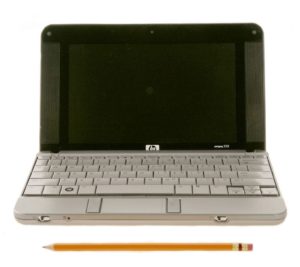After way too long, I finally upgraded the processor on my desktop. I’d held off because that always involves upgrading the motherboard, which is major surgery on the computer, and with a small child who wants to grab everything, that wasn’t really a good idea. Replacing phones and tablets, and replacing the Windows box, sure, those are relatively simple. Nothing fragile is open for several hours, and we use them all the time.
But I’ve recently done some small maintenance with him around and he’s been able to keep his hands to himself and just look, and I’ve trusted him to help with a few things like clipping in the panels on unused drive bays and opening/closing the main case screws.
I ordered a processor/mobo/memory combo from NewEgg, and it showed up on Saturday. I waited until Sunday morning to get started, knowing that these things always take more time than you expect (and typically at least one extra trip to the computer store). No surprise, it turned out I needed a new power supply for the new motherboard. In an odd echo of the last time,* I drove out to Fry’s and found one with the connectors and wattage I needed, with a rebate on it, then picked up some takeout for lunch.
The kiddo was able to leave the half-disassembled box alone while I was out. Things were strained by the time I was finished around four, and he had a full-on meltdown at the grocery store later, but I got the new hardware installed.
It’s amazing how much smoother everything runs now. I feel like I can actually use the computer again!
*I may have done another upgrade between then and the time we moved, but I only remember adding the wireless card in 2010 so that I could move the computer desk to another room and put the crib in its place. I definitely hadn’t done anything this major on the home desktop since he was born.
